WANT TO DISCOVER MORE?
SEARCH
WANT TO DISCOVER MORE?
SEARCH
OMBINIERTES KNOW-HOW FÜR DIE DIGITALE TRANSFORMATION
Jetzt die gesamte Pressemitteilung herunterladen!

Christian Kaiser
Christian Kaiser (1978) is Partner and Head of IT at Berylls by AlixPartners (formerly Berylls Strategy Advisors), specialising in software and digitalisation. He started his career at DaimlerChrysler AG in 1997 and has 27 years of industry and consulting experience in the automotive sector and has worked as CDO, CIO and CEO in various international OEMs and software companies.
Mr Kaiser has also held roles as chairman or board member of various companies in the software industry.
At Berylls, he specialises in the areas of software defined vehicles, software development, digital business models, digital operating models and software task forces.
Christian holds a degree in ‘Business Economist (EBW)’ from the University of Applied Sciences Würzburg.
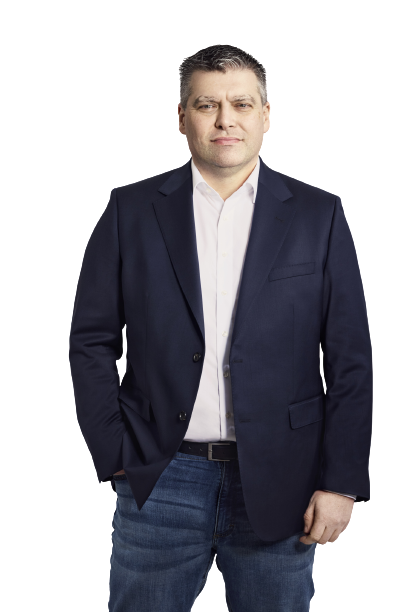
utomotive OEMs face challenges in sustaining profitability due to escalating product complexity, which in turn results in heightened research and development expenditures.
Five improvement strategies can help not only to reduce R&D expenditures but also increase innovation cycles.
Download the full insight now.
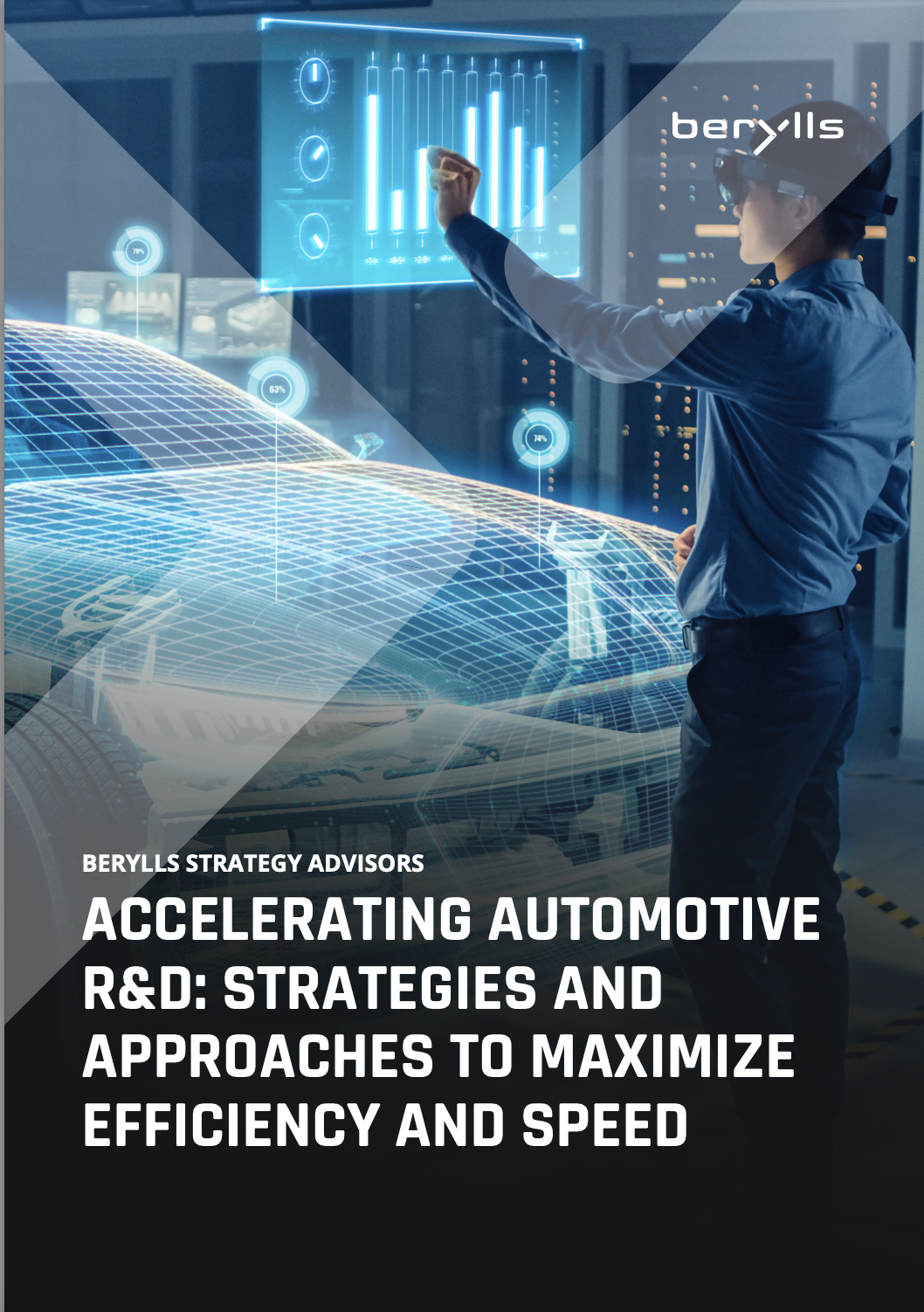
Sebastian Böswald
Sebastian Böswald (1991) joined Berylls by AlixPartners (formerly Berylls Strategy Advisors) in April 2021. He is an Associate Partner and an expert in both transformation and operations. Over the last decade, he has focused his work on strategy and organizational design, as well as on two megatrends shaping the automotive industry: software-defined vehicles and CASE (connected, autonomous, shared, and electrified mobility). In these fields, he has advised our global OEM clients as well as Tier-1 suppliers and tech companies.
Prior to joining Berylls, he worked for PwC Strategy& and started his career at BMW as a project manager for product strategy and digital charging services.
He received a Bachelor of Science in Automotive Computer Science at the Technical University of Ingolstadt as well as a Master of Science in Management from the Technical University of Munich.

erylls by AlixPartners schließt sich mit dem KI-Unternehmen FULLY AI zusammen, um einen virtuellen, KI-basierten Assistenten zu entwickeln.
München, 30. September 2024 – Die Berylls by AlixPartners Marketing und Sales-Experten rund um Jonas Wagner, geben eine Partnerschaft mit FULLY AI bekannt. Das Unternehmen, mit engen Beziehungen zur Tech-Szene des Silicon Valley, entwickelt zukunftsweisende KI-Lösungen nach höchsten Standards in Bezug auf Datenqualität und -sicherheit. Gemeinsam wollen die Partner die Automobilbranche grundlegend verändern und setzen in ihrer Zusammenarbeit bei der Customer Journey an.
Die gesamte Pressmitteilung ist zum Download verfügbar.

Jonas Wagner
Jonas Wagner, Jahrgang 1978, ist Partner und Geschäftsführer von Berylls by AlixPartners (ehemals Berylls Mad Media). Mit etwa 20 Jahren Beratungserfahrung in der Automobilindustrie ist Jonas ein vertrauenswürdiger Berater für das Top-Management, der sich auf Strategie, Organisationsentwicklung und große Transformationsprojekte für führende, globale Automobilhersteller spezialisiert hat.
Jonas ist ein Experte darin, Automobilunternehmen durch die Transformation ihrer Vertriebs- und Marketingfunktionen zu führen. Er hat eine nachweisliche Erfolgsbilanz in der Digitalisierung von Customer Journeys zur Verbesserung der Kundenerlebnisses, des Vertriebserfolges und der Kundenbindung. Seine Expertise umfasst die Einführung und Umsetzung neuer Vertriebs- und Geschäftsmodelle, sowie den Aufbau datengetriebener Vertriebs- und Marketingorganisationen zur Performance- und Effizienzsteigerung. Sein Expertise umfasst sämtliche On- und Offline Touchpoints, sowie alle Geschäftsbereiche, einschließlich Vertrieb, After-Sales, Finanzdienstleistungen sowie neue Geschäftsmodelle.
Vor seinem Einstieg bei Berylls war Jonas Berater der Automobil-Practise von Oliver Wyman, wo er mit globalen Automobilherstellern zusammenarbeitete und deren strategische Initiativen und Operations optimierte.
Jonas hat einen Abschluss in Betriebswirtschaftslehre von der Aarhus School of Business und der Universität Mannheim, mit einem Schwerpunkt auf Internationalem Management, Marketing und Controlling. Durch die Kombination von tiefem Branchenwissen und strategischem Scharfsinn ist Jonas Wagner ein wertvoller Partner für Manager im Automobilsektor, die komplexe Transformationen meistern.
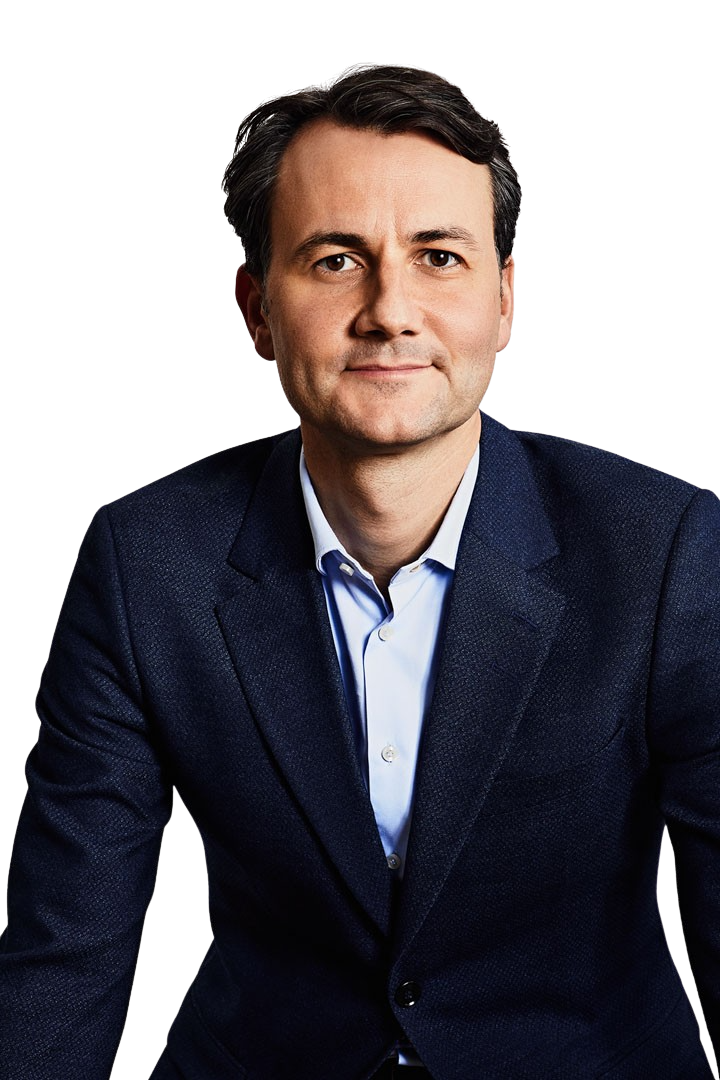
he transformation of the automotive industry is in full swing, encompassing both upstream and downstream aspects on national and international scales.
To paint a clear picture of this evolution, various aspects of the automotive sector are being reshaped. New strengths are being cultivated, weaknesses are being addressed.
A critical aspect deserving focused attention is “Pricing and Revenue Management.”
Fig 1: Pricing as the Ultimate Profit Lever
Source: Berylls Strategy Advisors
Pricing stands as the most potent lever for increasing profitability within the automotive sector. Consequently, it should take center stage for all Original Equipment Manufacturers (OEMs). However, it’s essential to recognize that Revenue Management extends beyond Pricing. It involves a strategic business practice adopted by companies to maximize their revenue and profitability through the optimization of product or service pricing. This discipline entails the application of diverse pricing strategies, data analysis, and forecasting techniques to make informed decisions about price setting, resource allocation, and capacity management. The primary components are depicted in the chart below. Pricing emerges as the most significant lever for enhancing profitability, making it of utmost importance for top management.
Fig 2: Revenue Management Encompasses Multifaceted Strategies
Source: Berylls Strategy Advisors
With a number of years of experience across various industries, it is evident that the automotive sector can glean valuable insights and techniques in Pricing and Revenue Management from sectors such as Fast-Moving Consumer Goods (FMCG), software, and industrial fields. Currently, many OEMs are still focusing a lot on factory utilization. This can result in cars being sold with higher discounts, because production and demand are not matching good enough. Many changes occurring in the automotive industry mirror transformations witnessed by other industries in recent years:
Considering these ongoing transformations, now is the ideal time to formulate and implement a 3-5-year development plan to fortify the Pricing & Revenue Management capabilities.
Before delving into the specific must-win-battles (MWBs) for Pricing & Revenue Management in the automotive sector, let’s explore some best practices from other industries:
Considering these examples, let’s draw some initial conclusions:
1. Pricing & Revenue Management serves as the most substantial profit lever.
2. When benchmarked against other industries, there is ample room for improvement in automotive OEMs.
3. The ongoing developments within the automotive industry underscore the rising importance of Pricing & Revenue Management.
Consequently, we strongly advocate a concentrated focus on Pricing & Revenue Management, with particular emphasis on the following 5 must-win-battles (MWBs):
A robust strategy is fundamental to success, and this holds true for Pricing & Revenue Management. Given the complexity of the automotive environment, the strategy must provide detailed answers to critical strategic questions. These include prioritizing revenue over profitability (or vice versa?), setting objectives for each Strategic Business Unit (SBU), defining target customers, understanding their value drivers and willingness to pay, positioning prices, determining channel strategies for different customer segments, and specifying pricing methods.
Developing a Pricing & Revenue Management strategy for an automotive OEM is a comprehensive exercise that necessitates in-depth insights into and transparency about markets, customers, channels, and offerings, both internally and externally. Of course, it must be mentioned that OEMs are not starting from scratch but have already developed elements or even entire Pricing & Revenue Management strategies.
Determining the organizational structure of Pricing & Revenue Management is crucial. It’s essential to decide whether the team should be centralized, decentralized, or a hybrid model. This decision should align with the overall strategy and objectives of Pricing & Revenue Management. As always, there´s not THE one solution that is always right:
*Please note that this may not correspond to the current status of the companies.
In addition to structure, harmonizing global Pricing & Revenue Management processes is crucial for automation through digitization. Technology and human resources are integral components of the Target Operating Model. As the era of direct sales is coming closer, this of particular importance, as from than on, the final pricing responsibility stays with the OEM.
A central tenet of Pricing & Revenue Management is understanding customers and aligning strategies accordingly. Effective Pricing & Revenue Management involves precise tools and concepts, with price differentiation being a significant component. Many companies successfully charge different prices to different customer segments for the same product or service, based on willingness to pay. Other industries are already successfully doing this as we speak: Just consider the practice that hotels and airlines are applying very successfully since many years. Amazon is changing the price for certain products up to 40 times a day, based on demand, competitor prices etc. Big insurance companies offer their insurance products at differentiated prices to different customers. Automotive has made recent experience with changing willingness to pay during the time of product shortages. Customers that are used to negotiating prices with their dealer where suddenly ready to even pay way above list price as for example visible in the United States. As product shortages are more and more dissolving now, the old pattern of price negotiation is coming back. A lot more examples of price differentiation exist.
To achieve this successfully, OEMs must understand the willingness to pay of their target customer segments, employing various reliable techniques for this purpose. This not only boosts profitability but also enhances revenue. And always remember that a 1% price increase already leads to a 7% increase in profitability.
Effective Performance Management hinges on knowing the right performance metrics, measuring, and reporting them accurately, and having sound performance management processes in place. Performance metrics vary based on business models, and achieving granularity across different business, customer, and product segments is often necessary. When list prices exist and discounts and rebates can be granted, you might want to use “price enforcement” as one top KPI. When you are for example in an online business, where prices are set by an AI-algorithm, a suitable KPI can be “realized price improvement”, measuring the price increase over a certain period. To add even more quality, “realized price improvement” can be measured against a market price index or internal objectives. The price waterfall can be a good input to discuss suitable KPIs. For OEMs on their way to the direct sales mode, managing price enforcement will be one of the key capabilities to be built to ensure profitability targets are met.
Fig 3: Price waterfall as food-for-thoughts about pricing KPIs.
Source: Berylls Strategy Advisors
Performance metrics should align with the pricing strategy and objectives, and data should be made available in suitable reports, despite the challenges of legacy IT systems and data quality.
Data and AI offer tremendous potential for enhancing Pricing & Revenue Management. Using AI, OEMs can optimize various facets of Revenue Management simultaneously, which is challenging with conventional methods. Additionally, understanding customer behavior and preferences from data can guide pricing strategies and offerings. However, successfully scaling AI projects in Pricing & Revenue Management requires investment in relevant data, systems, and expertise, as data quality and system readiness are often limiting factors.
In conclusion, while automotive OEMs may not be considered Pricing & Revenue Management benchmarks compared to other industries, the changing landscape demands attention. We recommend that OEMs assess their current maturity level in Pricing & Revenue Management and chart a strategic roadmap, centered around these 5 must-win-battles outlined in this paper. With the Berylls Pricing Pathfinder we combine our Pricing & Revenue Management expertise with a powerful tool to reveal what Pricing & Revenue Management excellence looks like, and how to get there.
Thorsten Lips
Thorsten Lips (1972) is a partner at Berylls by AlixPartners (formerly Berylls Strategy Advisors). He began his career as a management consultant at PricewaterhouseCoopers Düsseldorf in 1998. After spending six years at Malik Management Centre in St. Gallen, Switzerland, he took the cross-industry, global responsibility for Pricing, Sales, Service and Marketing as a partner at Horváth. At Berylls, his area of expertise is Pricing & Revenue Management. This encompasses classical topics like new- and used-car pricing, aftersales pricing and the like. In addition, he is an expert in innovative Pricing and Revenue Management approaches for digital products and services as well as in the field of data-driven Pricing.
Industrial engineering and management studies at the Technical University of Ilmenau and the Technical University of Darmstadt.

ew things shape modern life as much as individual mobility. Be it as an expression of freedom and individuality, or as an economic driver.
To reflect this, we have developed the WisdomTree Berylls LeanVal Global Automotive Innovators Index – the WTCAR. It tracks the performance of the 100 most relevant publicly listed automobility players worldwide.
By design, the WTCAR covers the industry’s entire value chain – from vehicle manufacturers and suppliers, to dealer groups, and providers of mobility services or infrastructure.
The automotive industry experienced a severe blow from the capital markets in 2022, and the recent decline in stock prices has wiped out most of the gains that the sector had made from the pandemic lows.
Now, there are still several major effects impacting the global capital markets. First, central banks remain committed to fighting inflationary pressures and have incrementally raised interest rates as a strategic countermeasure over the past months, slowing down the recovery of the economy. Second, supply shortages caused by the Covid-19 crisis is continuously moving into the rear-view mirror, allowing for a more opti- mized production utilization. Third, political influences like the Inflation Reduction Act in the US, the war in the Ukraine, and the pressures bet- ween China and Taiwan are continuing to influence the developments at the global capital markets.
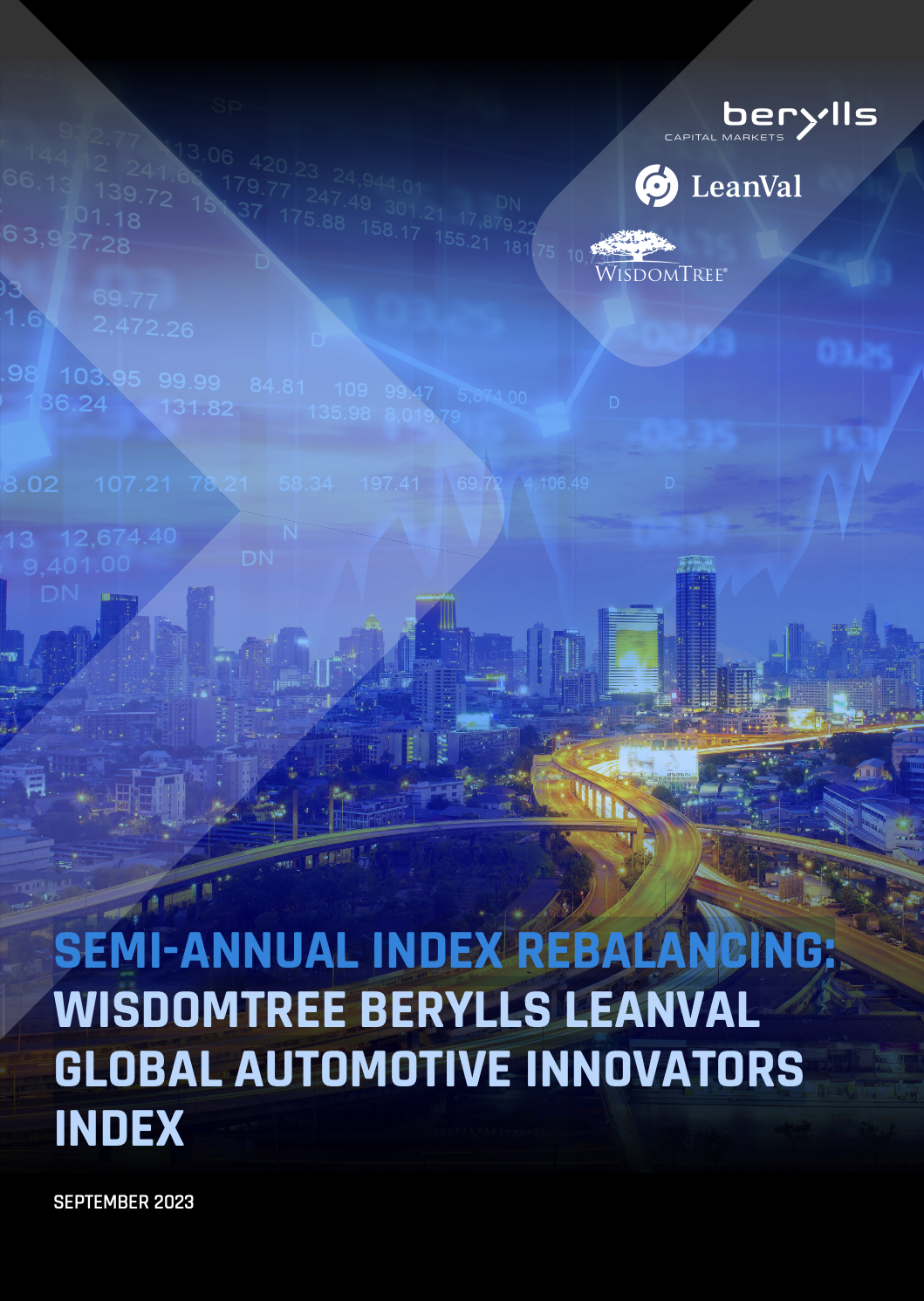
Dr. Jan Burgard
Dr. Jan Burgard (1973) is CEO of Berylls Group, an international group of companies providing professional services to the automotive industry.
His responsibilities include accelerating the transformation of luxury and premium OEMs, with a particular focus on digitalization, big data, connectivity and artificial intelligence. Dr. Jan Burgard is also responsible for the implementation of digital products at Berylls and is a proven expert for the Chinese market.
Dr. Jan Burgard started his career at the investment bank MAN GROUP in New York. He developed a passion for the automotive industry during stopovers at an American consultancy and as manager at a German premium manufacturer. In October 2011, he became a founding partner of Berylls Strategy Advisors. The top management consultancy was the origin of today’s Group and continues to be the professional nucleus of the Group.
After studying business administration and economics, he earned his doctorate with a thesis on virtual product development in the automotive industry.

Malte Broxtermann
Malte is an expert in the development and implementation of automotive digitization strategies.
He focuses on helping clients scale (generative) artificial intelligence to improve their bottom line across the entire automotive value chain. His primary customers are automotive manufacturers and their suppliers, especially those active in the Software-Defined-Vehicle space.
Before his time at Berylls by AlixPartners (formerly Berylls Strategy Advisors), he advised leading North American utility companies. Prior to that, he saved lives as emergency medical technician. Malte holds master’s degrees in economics from Maastricht University and Queen’s University in Canada.

Nach der diesjährigen IAA ist klar: “Wir befinden uns in einem gesättigten Markt, nur das Elektrosegment wächst. Daher ergibt es Sinn, die vergleichbaren, elektrischen, Fahrzeuge für die Kunden zur Verfügung zu stellen. Das Problem der über 300 (!) Herstellen von Elektroautos alleine in China ist: Die meisten sind nicht nur bei uns vollkommen unbekannt.“
Auch dadurch dass die Produktion einfacher ist, als bei einem Verbrenner, versuchen unzählige Marken weltweit sich einen Namen zu machen. Ein Problem – auch für Anleger, die mit einem „zweiten Tesla“ den Lucky Punch suchen. Könnte ein ETF auf den WisdomTree Global Automotive Innovators Index helfen?
Dr. Jan Burgard
Dr. Jan Burgard (1973) ist CEO der Berylls Group, einer internationalen und auf die Automobilitätsindustrie spezialisierten Unternehmensgruppe.
Sein Aufgabengebiet umfasst die Transformation von Luxus- und Premiumherstellern, mit besonderen Schwerpunkten auf Digitalisierung, Big Data, Start-ups, Connectivity und künstliche Intelligenz. Dr. Jan Burgard verantwortet bei Berylls außerdem die Umsetzung digitaler Produkte und ist ausgewiesener Spezialist für den Markt China.
Dr. Jan Burgard begann seine Karriere bei der Investmentbank MAN GROUP in New York. Die Leidenschaft für die Automobilitätsindustrie entwickelte er während Zwischenstopps bei einer amerikanischen Beratung und als Manager eines deutschen Premiumherstellers.
Im Oktober 2011 komplettierte er die Gründungspartner von Berylls Strategy Advisors. Die Top-Management-Beratung ist die Basis der heutigen Group und weiterhin der fachliche Nukleus aller Einheiten.
An das Studium der Betriebs- und Volkswirtschaftslehre, schloss sich die Promotion über virtuelle Produktentwicklung in der Automobilindustrie an.
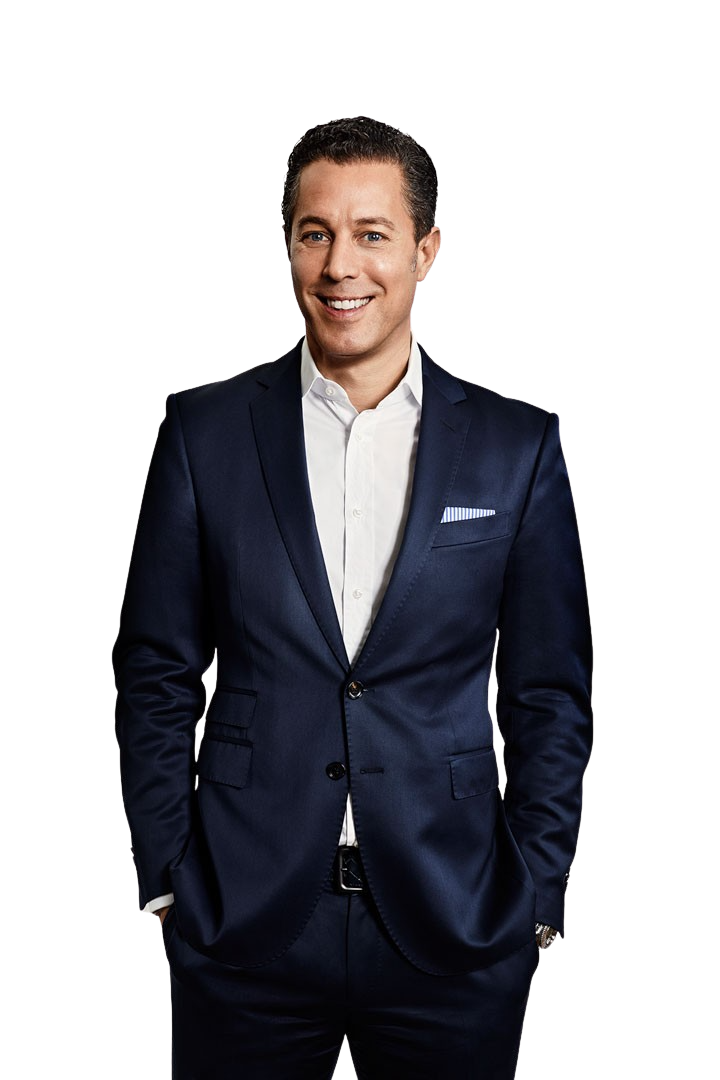
he trucking industry is currently grappling with significant pressure induced by an ongoing transformation predicated on three fundamental changes to its long-standing operations.
Download the full insight now.
Steffen Stumpp
Steffen Stumpp (1970) joined the Berylls Group in October 2020 as Head of Business Unit Commercial Vehicles. At this point, he already looked back on extensive professional and leadership experience in the commercial vehicle industry. Stumpp started his career in an OEM and went through different roles in research, marketing, product planning and after-sales service. When he switched to the automotive supplier industry, he took over the responsibility for worldwide sales and marketing of a medium-sized tier 1 supplier. After another step as head of sales he decided to join Berylls, where he is now responsible for the commercial vehicle business.
Stumpp is a graduate engineer and has studied industrial engineering at the KIT in Karlsruhe and the Technical University of Berlin with focus on logistics.
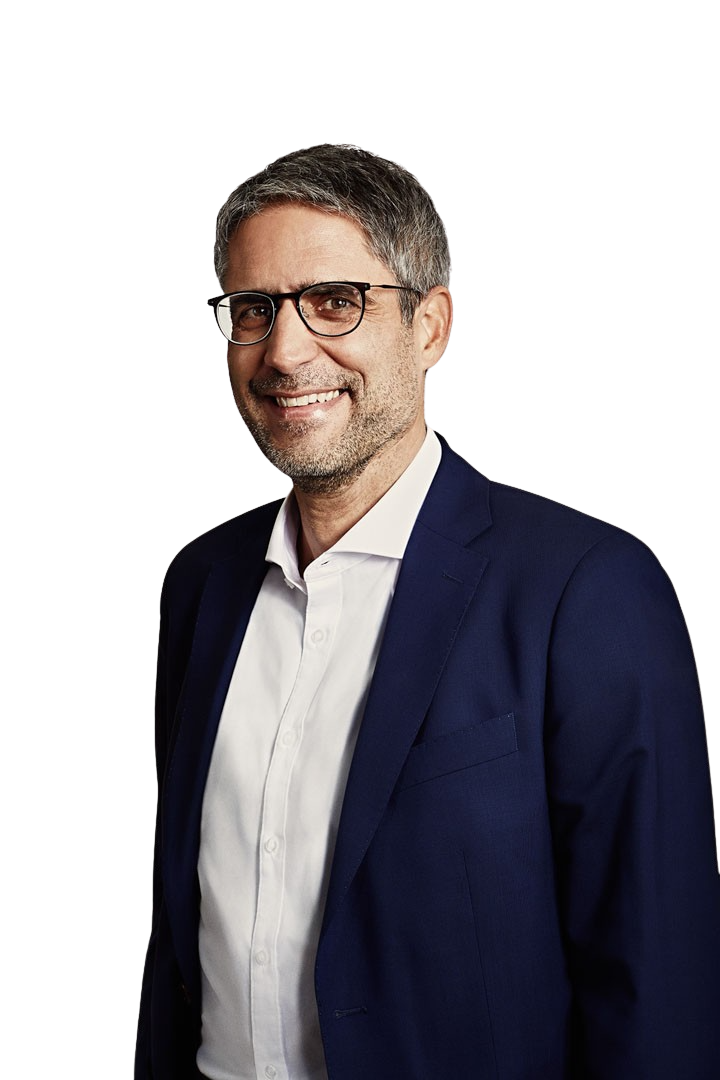
ie Zuliefererindustrie 2022 war geprägt von Sonderfaktoren wie dem Krieg in der Ukraine, steigender Inflation und weiterhin hohen Rohstoffpreisen.
Obwohl 95 der Top 100 Zulieferer im Geschäftsjahr 2022 steigende Umsätze verzeichnen, schrumpft die Profitabilität bei mehr als der Hälfe. Nach einem Gesamtumsatz von 899 Milliarden Euro in 2021 steigerten die Top 100 dieses Resultat um 18,3 Prozent auf 1.064 Milliarden Euro und durchbrechen damit erstmals die Schallmauer von einer Billion Euro Umsatz.
Der Beitrag der chinesischen Zulieferer an der internationalen Umsatzentwicklung steigt stetig. Im Jahr 2018 lag er noch bei fünf Prozent, 2022 können die Chinesen bereits einen neunprozentigen Anteil für sich verbuchen. Der Zuwachs geht zu Lasten der deutschen und japanischen Zulieferer. Deutschland war am Gesamtumsatz 2018 mit stolzen 23 Prozent beteiligt, Japan steuerte 28 Prozent bei. Beide Nationen verzeichnen seither schmerzhafte Rückgänge. Die deutschen Zulieferer tragen nur noch 21 Prozent zum globalen Gesamtumsatz der Branche bei, die Japaner 22 Prozent.
Dass 2022 ein gemischtes Jahr für die Branche war, zeigt sich auch darin, dass trotz starkem Umsatzwachstum die durchschnittliche Profitabilität von 6,3 Prozent auf 5,6 Prozent gefallen ist. Höhere Materialkosten, Unruhen in den Lieferketten und gestiegene Energiekosten werden voraussichtlich auch noch bis in das nächste Jahr reichen. Auf der anderen Seite sind Halbleiterhersteller die klaren Gewinner. Die drei profitabelsten Unternehmen sind in diesem Jahr allesamt in dieser Branche tätig. Und: Auch 2022 gab die allgegenwärtige Elektromobilität die Richtung vor.
Aber sehen Sie selbst!
Weitere Informationen zur jährlichen TOP 100-Zuliefererstudie finden Sie unter www.berylls.com/category/top-100/
Dr. Alexander Timmer
Dr. Alexander Timmer (1981) ist seit Mai 2021 als Partner bei Berylls by AlixPartners (ehemals Berylls Strategy Advisors) tätig, einer internationalen und auf die Automobilitätsindustrie spezialisierten Strategieberatung. Er ist Experte für Markteintritts- und Wachstumsstrategien, M&A und kann auf eine langjährige Erfahrung im Operations-Umfeld zurückschauen. Dr. Alexander Timmer berät seit 2012 Automobilhersteller und -zulieferer im globalen Kontext. Er verfügt über ein fundiertes Expertenwissen in den Bereichen Portfolioplanung, Entwicklung und Produktion. Zu seinen weiteren fachlichen Schwerpunkten zählen unter anderem Digitalisierung und der Themenkomplex rund um die Elektromobilität.
Vor seinem Einstieg bei Berylls Strategy Advisors war er unter anderem für Booz & Company und PwC Strategy& als Mitglied der Geschäftsführung in Nordamerika, Asien und Europa tätig.
Im Anschluss an sein Maschinenbaustudium an der RWTH Aachen und der Chalmers University in Göteborg promovierte er im Bereich der Fertigungstechnologien am Werkzeugmaschinenlabor der RWTH Aachen.

Dr. Jan Dannenberg
Dr. Jan Dannenberg (1962) ist seit 1990 Berater der Automobilindustrie und seit Mai 2011 Gründungspartner bei Berylls Strategy Advisors. Bis zum Frühjahr 2011 war er acht Jahre international als Partner – davon fünf Jahre als Associate Partner – für Mercer Management Consulting und Oliver Wyman tätig. Er ist ausgewiesener Spezialist für Innovationen und Markenmanagement in der Automobilindustrie und berät im Schwerpunkt Zulieferer und Investoren zu Strategie, Mergers & Acquisitions und Performance Improvement. Zudem ist er Geschäftsführer von Berylls Equity Partners, eine auf Mobilitätsunternehmen spezialisierte Beteiligungsgesellschaft.
Bachelor of Arts in Volkswirtschaftslehre von der Stanford University, Studium der Betriebswirtschaftslehre und Promotion an der Universität Bamberg.
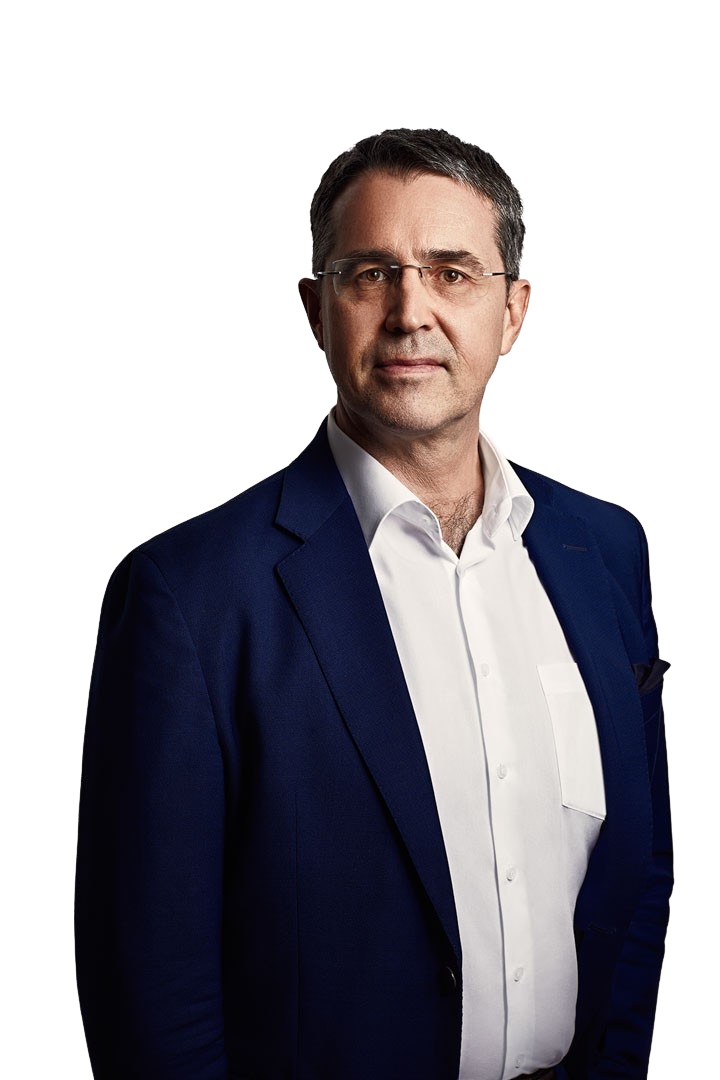
Dr. Jürgen Simon
Dr. Jürgen Simon (1986) ist als Associate Partner bei Berylls by AlixPartners (ehemals Berylls Strategy Advisors) tätig, einer internationalen und auf die Automobilitätsindustrie spezialisierten Strategieberatung. Er ist Experte für Vertriebs- und Unternehmensstrategien sowie M&A und kann auf eine langjährige Beratungserfahrung zurückschauen. Er berät seit 2011 Automobilhersteller und -zulieferer und verfügt über fundiertes Expertenwissen in den Bereichen ganzheitliche Strategieentwicklung, Geschäftsmodelle und Commercial Due Diligence. Weitere Schwerpunkte liegen in Markteintrittsstrategien sowie Themen rund um das „Software Defined Vehicle“. Als diplomierter Ökonom der Universität Hohenheim hat er vor seinem Einstieg bei Berylls am Institut für Unternehmensführung des Karlsruher Instituts für Technologie (KIT) promoviert.

pple's newest Vision Pro is here and brings with it the promise of reinvigorated momentum in immersive Web 3.0 applications for OEMs.
As we set out in two publications last year, the Web 3.0 applications – namely in “the Metaverse” – are high risk, uncertain reward opportunities that are not for every OEM.
Download the full insight now.
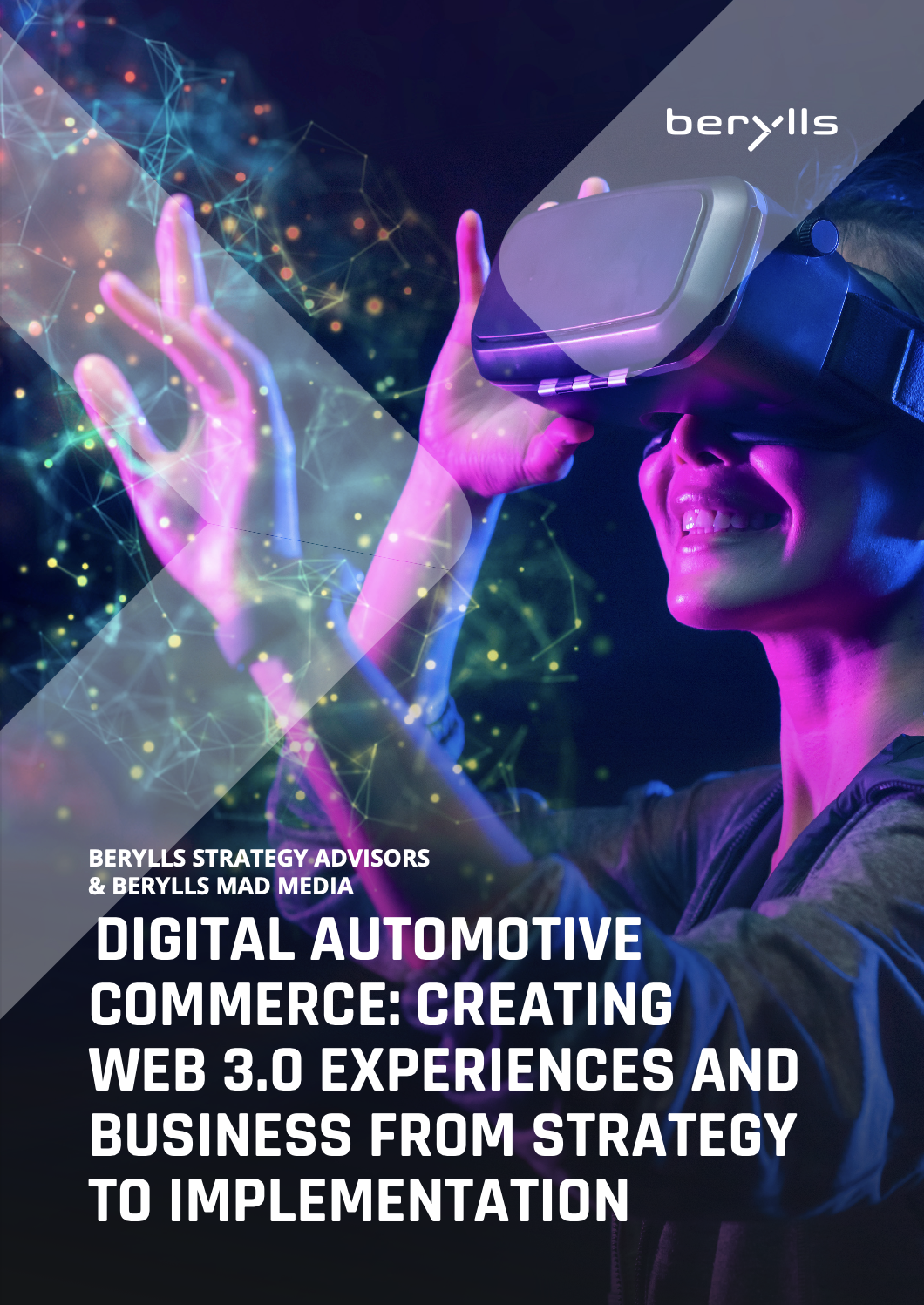
Henry Lundt
Henry Lundt (1984) is a Principal at Berylls Mad Media (part of Berylls Group), the experts for transforming sales & marketing in the automotive industry. He is an expert in digital automotive commerce as well organizational transformation and can look back on many years of consulting experience in various roles.
Henry Lundt has been digitizing automotive sales & marketing for manufacturers and suppliers since 2009 and has experience in the areas of holistic strategy development, digital product development & applying and optimizing agile working models. Beyond this, Henry Lundt built expertise in digital automotive commerce, consulting our clients to build and optimize transaction journeys. Prior to joining Berylls Mad Media, he set up Berylls Digital Ventures as first Berylls Group entity – prior to joining Berylls, Henry Lundt was Head of Automotive at TD Reply, a marketing & innovation consulting firm, focused on digital business.
He graduated as business economist from the University of EBC Berlin in marketing & media with a combined studies in Business Management in University of Sunderland & University of Newcastle upon Tyne (UK).

NO TIME TO READ THIS WEBSITE?